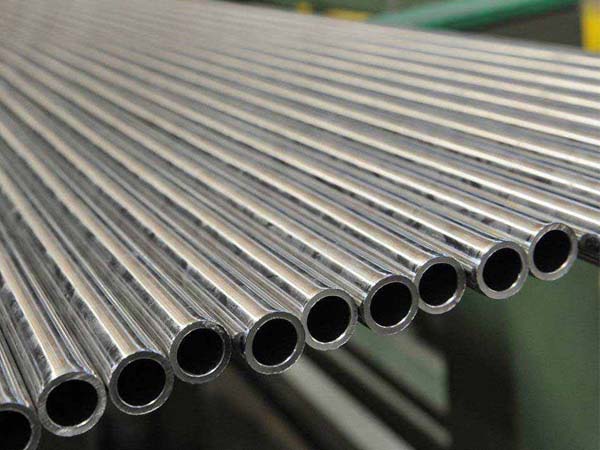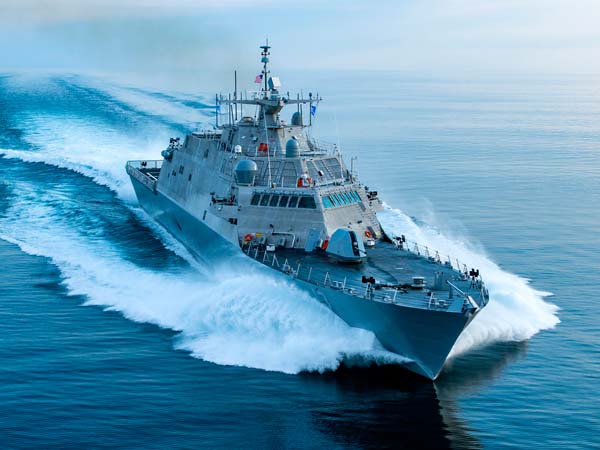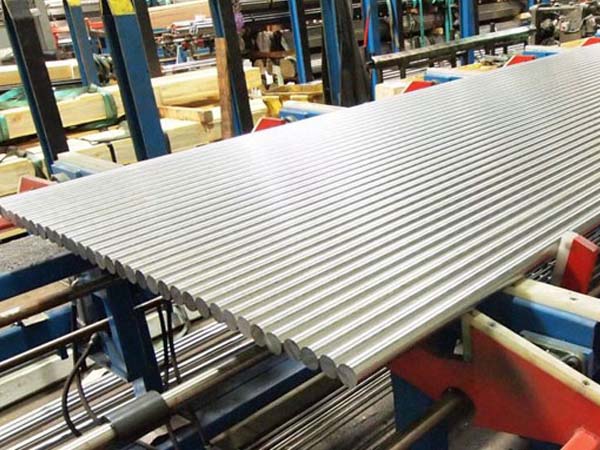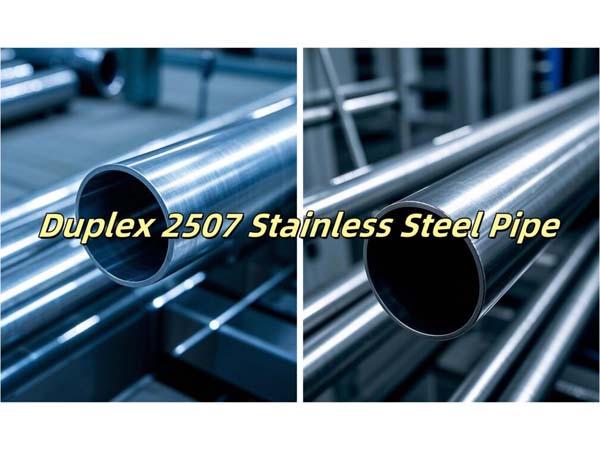





Phone
+86-731-82250427
Address
25th floor, C3 Building, Wanda Plaza, Kaifu District, Changsha, Hunan Province, China.
 Apr 8 2024
Apr 8 2024Nitronic 30 (UNS S20400) is an austenitic stainless steel that has been strengthened with nitrogen, making it suitable for various applications that demand excellent resistance to corrosion in aqueous environments, as well as toughness and cost-effectiveness. Compared to type 304, Nitronic 30 exhibits considerably higher strength, enabling the use of thinner gauges to achieve additional cost savings. Moreover, Nitronic 30 demonstrates rapid work hardening while maintaining its ductility, and it can be easily welded and formed.
Industrial Fasteners: Bolts, screws, nuts, and washers
Marine Components: Boat shafts, propellers, and marine hardware
Aerospace Components: Aircraft parts such as landing gear components, shafts, and connectors
Petrochemical Equipment: Valves, pumps, and fittings
Food Processing Equipment: Conveyors, mixers, and pumps
Medical Instruments: Surgical and dental instruments
Automotive Components: Exhaust systems, valves, and engine components
|
Material |
Cr |
P |
S |
Ni |
Si |
C |
Mn |
Cu |
|
Nitronic 30 |
15.0-17.0 |
0.04max |
0.03max |
1.50-3.00 |
1.00max |
0.03max |
7.00-9.00 |
1.00max |
|
Material |
Tensile strength |
Yield strength 0,2 |
Elongation |
Hardness HB30 |
|
758N/mm² |
379N/mm² |
50% |
95HB |
Nitronic 30 demonstrates favorable corrosion resistance across a range of environments. When compared to type 304, its pitting resistance surpasses that of type 304, as evidenced by tests conducted in a 10% FeCl3 solution. In sulfuric acid and hydrochloric acid, Nitronic 30 outperforms types 409 and 410 and approaches the corrosion resistance of type 304, particularly in more diluted solutions. However, it is important to exercise caution when dealing with reducing acids. If activated, Nitronic 30 may not readily repassivate when exposed to HCI or H2SO4, potentially leading to significant corrosion.
Nitronic 30 stainless steelcannot be hardened by using heat treatment.
Heat treatment is often employed on Nitronic 30 to alleviate residual stresses that may have arisen during fabrication or machining. The specific heating process and temperature range depend on the desired stress relief and the application's specific requirements. Typically, the material is heated within the range of 500-600°C (932-1112°F) and held at that temperature for an appropriate duration to facilitate stress relaxation. Following the heating process, controlled cooling is implemented to prevent the formation of new stresses.
Pickling is a widely used technique for eliminating surface impurities and oxide layers from Nitronic 30. It involves immersing the material in a pickling solution, typically comprising acids, to dissolve contaminants and restore the material's corrosion resistance. During the pickling process, it is crucial to carefully regulate the concentration and temperature of the pickling solution to avoid excessive etching or corrosion of the stainless steel surface.
Nitronic 30 is highly regarded for its exceptional formability, both in hot and cold working conditions. It can be easily shaped into a variety of sizes and configurations using standard forming techniques.
Hot Forming: Within the temperature range of 1175-1200°C (2147-2192°F), Nitronic 30 stainless steel becomes more malleable and can be efficiently shaped through processes such as hot rolling, hot forging, and hot extrusion. Hot forming is commonly employed for larger and more intricate components that necessitate substantial deformation or shaping.
Cold Forming: Nitronic 30 also demonstrates excellent cold formability, allowing for shaping and deformation at room temperature through techniques like cold rolling, cold drawing, bending, and stamping. Cold forming is often utilized to produce smaller components, intricate shapes, and parts with strict dimensional tolerances. It is worth noting that Nitronic 30 stainless steel may work-harden during cold forming, requiring intermittent annealing to restore its ductility and prevent cracking.
While Nitronic 30 shares similar machinability characteristics with other austenitic stainless steels, its high work hardening rate necessitates the use of robust machinery equipped with carbide-coated tools during the machining process. Additionally, the material requires more rigid clamping and lower cutting speeds to achieve optimal results.
Nitronic 30 stainless steel is typically regarded as weldable using common fusion and resistance welding techniques, including high-frequency tube and pipe welding. Its weldability is comparable to that of type 304L, with one notable difference being that Nitronic 30 requires a slower arc welding speed to achieve proper penetration. When a weld filler is required, AWS E/ER 308L, 309L, and 209 are commonly recommended. It is crucial to ensure the formation of ferrite in the weld deposit to prevent the occurrence of weld "hot cracking."
Ø Bar & Rod
Ø Plate & Sheet
Ø Coil & Strip
Ø Pipe & Tube
Ø Fitting: Flange, Tee, Elbow, Reducer etc.
Ø Forging: Ring, Shaft, Circle, Block etc.
Ronsco is a supplier with more than 27 years of experience in the special metal field, we always adheres to the business phiosophy of "customer-centered", tries its best to meet the requirements of customers and pursues win-win cooperation with customers. Are you looking for special metal products one-stop supplier! Contact Us Now! Email: marketing@ronsteel.com
